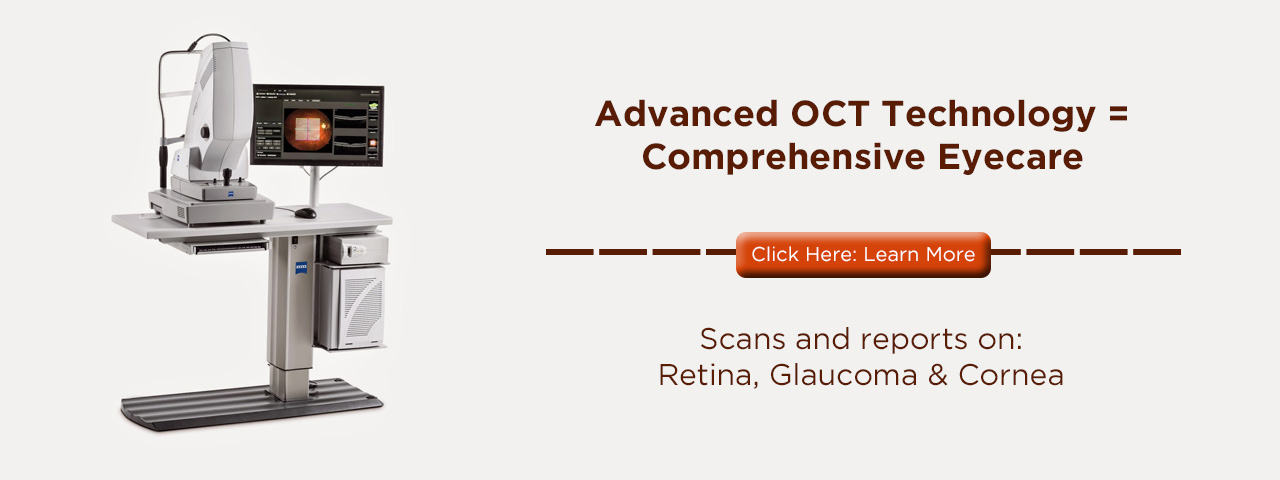If someone is diagnosed with Age-Related Macular Degeneration or AMD, what does that mean for them?
Macular degeneration is a progressive disease. There's no cure to it, and it is vision threatening. There are dietary modifications and supplements that statistically can help slow down the progression of the disease. There are also treatments for the more serious cases where there is bleeding in the macula. The treatments for macular bleeding in these more serious cases can be either with lasers or injections of “Anti-VEGF” compounds into the eye.
I’m aware that there are two types of Age-Related Macular Degeneration - wet and dry. Could you describe how they occur?
The disease starts in the dry version, and dry means there's no bleeding involved. The best way to diagnose AMD early is with an OCT scan, which shows the layers of the macula. Through this technology, we are able to see little bumps at the very bottom of the macula. They are accumulations of material that are very easy to see on the OCT. These yellow bumps are called macular drusen.
This is the first stage of AMD, and, at this point, the person's vision is fine. People are typically not aware if they have early AMD. We monitor these drusen nodules with retinal photographs and OCT retinal scans. But, again, in these early stages of AMD, the vision normally is fine and still correctable to be 20/20. As these yellow bumps get bigger, they push on the macular tissue where vision is captured in the back of the eye. These bumps eventually cause blurred vision.

Could you describe the progression of AMD? What ages are common to notice early signs?
The earliest, I would say, is the mid 50s. Most common, AMD starts appearing in ages 65-70. Plus, AMD is more commonly found and progresses quicker in Caucasians - it is less common in African-Americans. The progression is usually slow over a period of many years. We have occasionally seen aggressive forms that worsen significantly within a few years, with resulting vision loss.
I've seen cases where it might be ten years before the person notices their vision is changing, while other cases never progress into vision problems. There's a lot of variation.
Another risk factor is smoking. AMD is five times more common in people who smoke and smoking also makes the disease progress more quickly.
What’s the risk with AMD? Is it vision loss or even other side effects? How does it appear to someone with AMD?
There are little nodules that form underneath the bottom of the retina, the macula, and are pushing up on the tissue that captures the image, so it causes distortion. People often describe fuzziness or waviness. As the little drusen accumulates under the macula, they are pushing up on the photoreceptors of the eye, the part that captures the image, which causes a distorted, wavy, and jumbled vision.
Is AMD correctable?
No. But there are things that can statistically slow down the risk of progression.
There are supplements that lower the risk of progression of this disease. There was a longitudinal study, the AREDS2 study, which identified a variety of nutrients that seem to support macular health. These are sold OTC as AREDS2 vitamins, and also come under a variety of brand names. Common brands are Ocuvite, PreserVision, and I-Caps. Lutein and a related compound, Zeaxanthin, are also important for macular health. ,The best source for these nutritions are the dark, green, leafy vegetables. Food like spinach, kale, collards, turnip or beed greens, and Swiss chard are good examples of vegetables with these nutrients. . There's some evidence that fish with omega 3 fatty acids might be of some help but that's still being investigated.

